Your house is only as good as the roof over your head. Now, sure there are plenty of other components that contribute to your house being as wonderful and liveable as it is. But ask a child to draw a house and they’ll show you a block with a triangular roof over it. Why? Because even children, without any in-depth knowledge of construction and architecture, understand that a roof is an integral part of any house.
Roof construction and renovation are a huge undertaking. But before you can even consider what type of shingles to use or what room you can build in your attic, it is important to understand what type of roofs there are and what makes them different. These are the most common roof types in the United States and knowing them can help you decide on the one you need for your home.
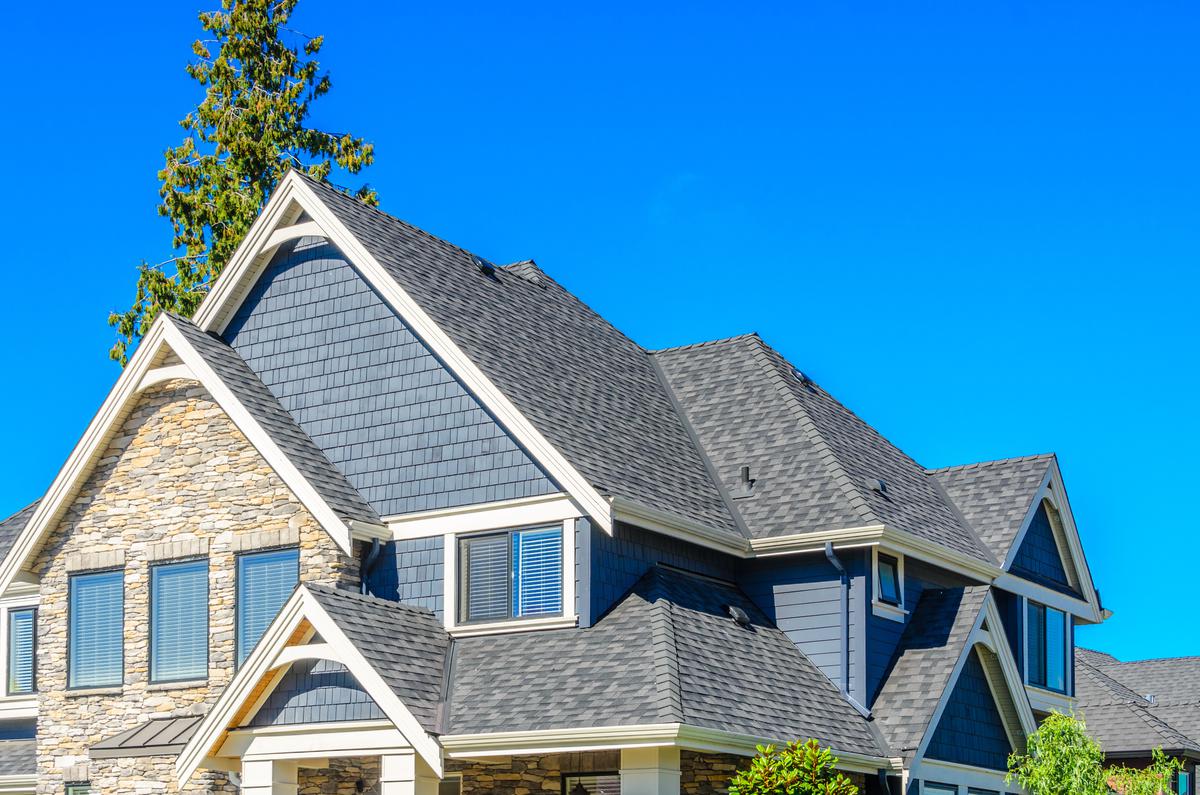
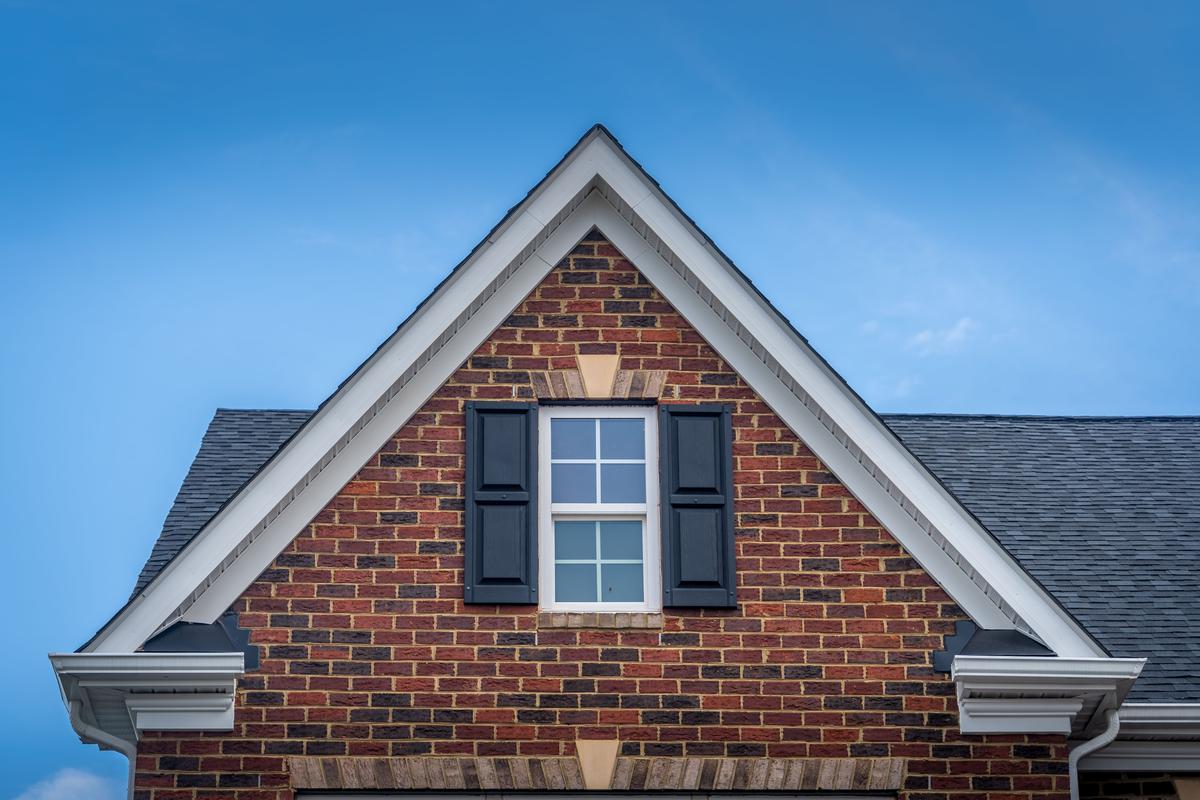
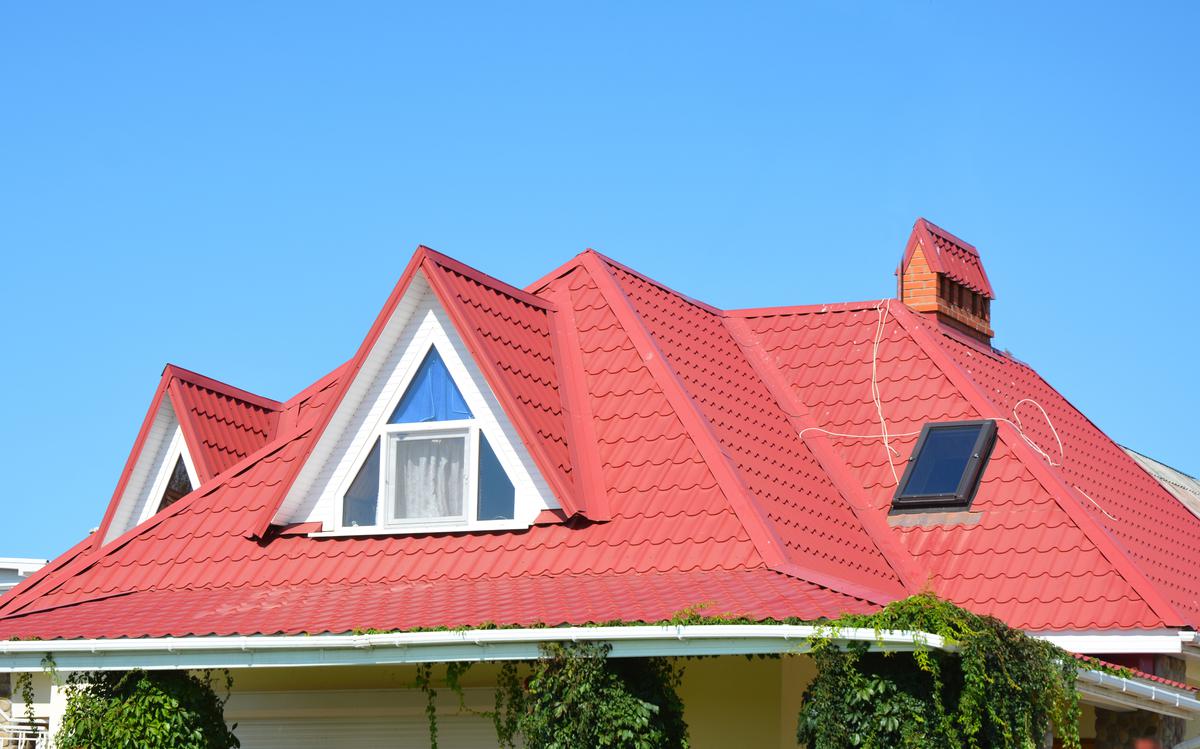
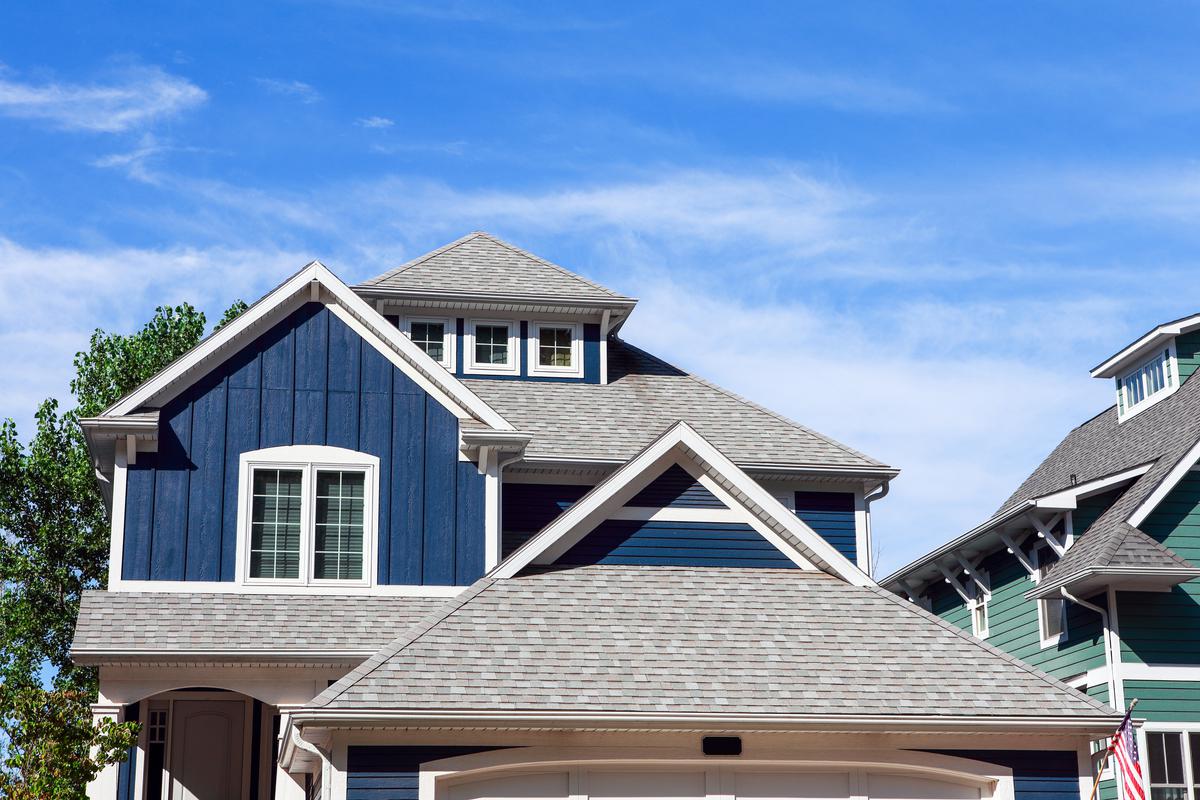
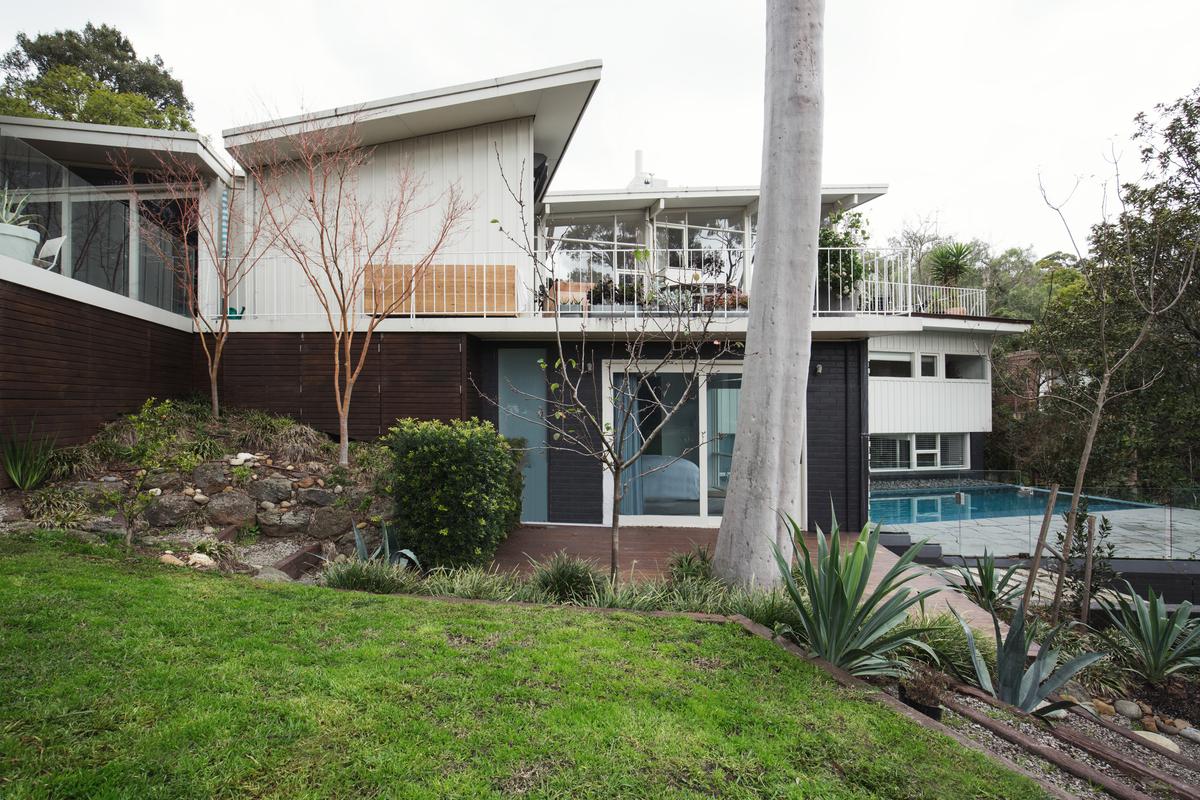
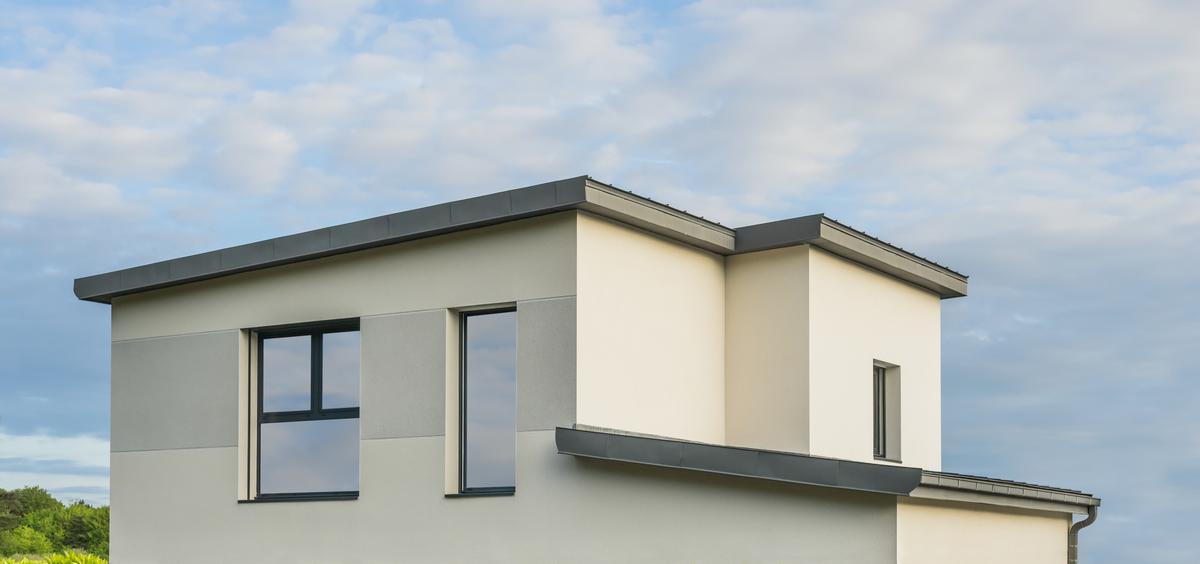
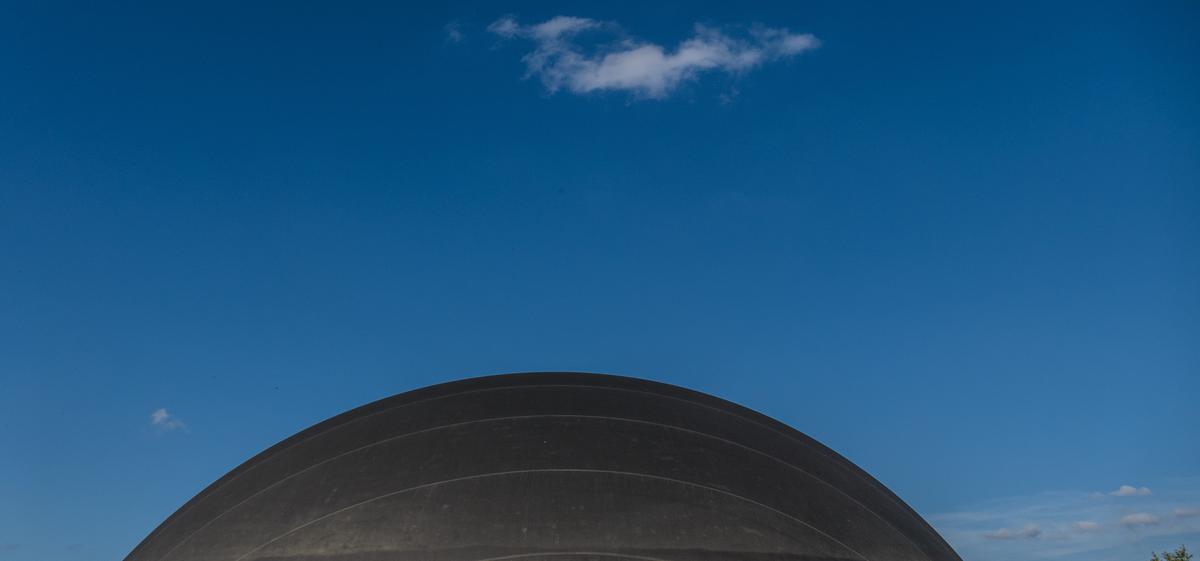
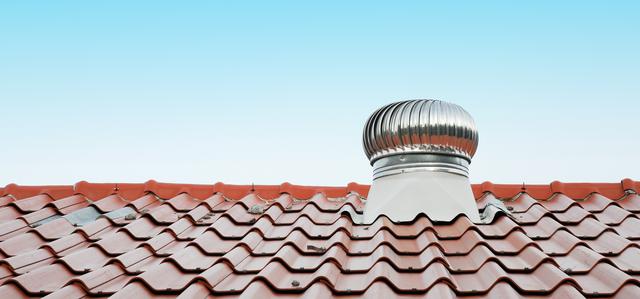
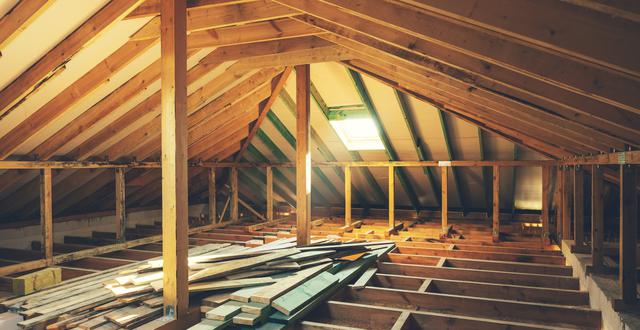
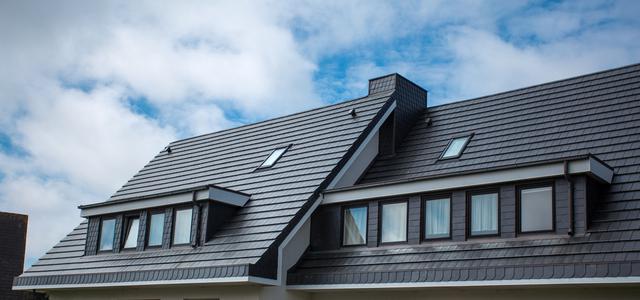
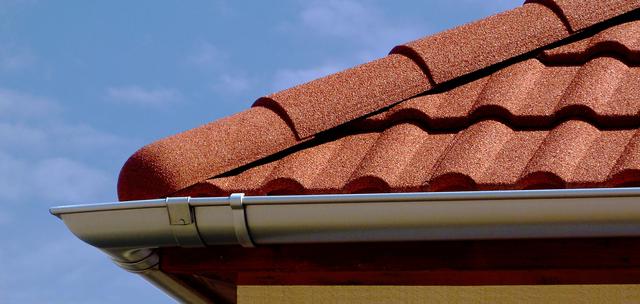
comments